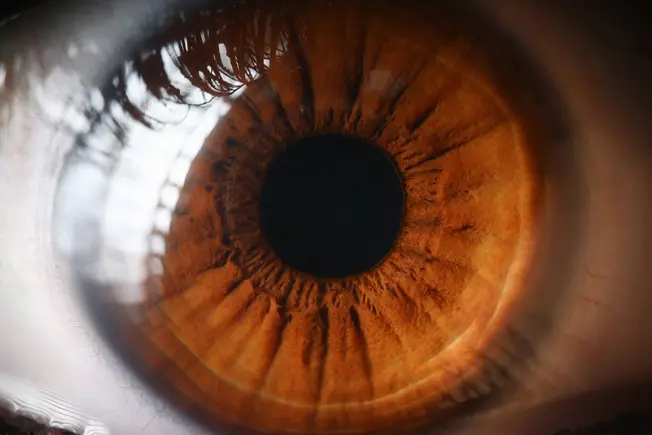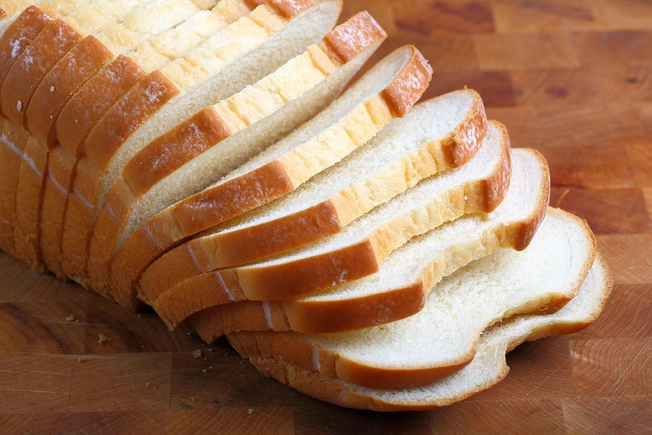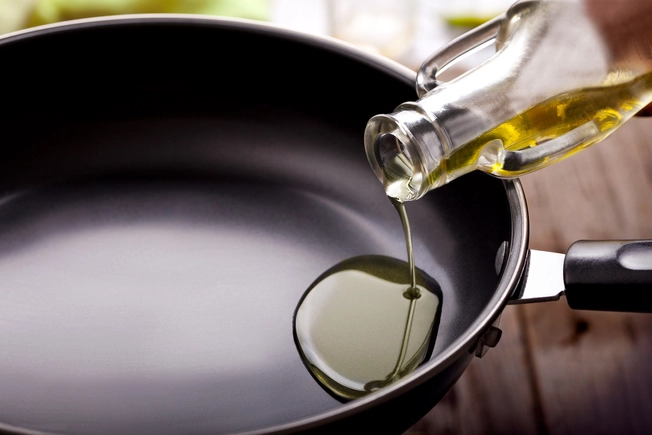Food and Your Eyes

There are approximately 250 million persons with some degree of visual impairment. Did you know that the condition of your eyes reflects the condition of your cardiovascular system? What you put into your body has long-term effects on not only your heart, but also your eyesight.
Bread and Pasta

Age-related macular degeneration (AMD) is the primary cause of blindness in those aged 65 and older, and studies have connected consumption of simple carbohydrates like those found in white bread and pasta with an increased risk of developing AMD. The reason for this is because your body can easily assimilate this sort of carb. As a result, blood sugar levels rise rapidly. Experts recommend switching to whole-grain options such as bread and pasta to avoid this.
Processed Meats

Sodium is abundant in foods like hot dogs, bacon, and deli meats. The rise in salt intake has been linked to hypertension. In your opinion, this could lead to:
The vision-impairing and even blinding condition known as hypertensive retinopathy.
Choroidopathy is a retinal disorder characterised by fluid accumulation.
Loss of vision and eventual death of nerves due to neuropathy caused by blocked blood flow.
Fried Foods

Trans fats included in deep-fried foods are linked to an increase in LDL (“bad”) cholesterol, which in turn increases the risk of cardiovascular disease, stroke, and even type 2 diabetes. Also, they produce dangerous molecules called free radicals that can kill or severely harm cells. Connecting this to diabetic retinopathy and age-related macular degeneration. Citrus fruits, tomatoes, and red bell peppers are all high in vitamin C and can help you fight free radicals.
Cooking Oils

Unsaturated fats, specifically linoleic acid, were linked to an increased risk of age-related macular degeneration in a seminal study conducted 30 years ago. It’s present in these oils for use in the kitchen:
Corn Safflower Sunflowers
Also Read: RK Swamy files for IPO, first by an integrated marketing services group
Cooking oils that have less than 4 grammes of saturated fat per tablespoon are recommended by health professionals. Avoid items that contain trans fats or hydrogenated oils.
Margarine

Vegetable oils are used in its production, making it a source of unsaturated “good” fats. It could be healthier than butter, after all. Some brands of margarine, however, include trans fat, which is linked to increased cholesterol levels, an increased risk of heart disease, and even vision difficulties. The trans fat content increases as margarine solidifies. Try the spreadable or liquid variety instead of the stick. You can also read labels to find products that have zero grammes of trans fat.
Ready-to-Eat Foods

Soups, tomato sauces, and other canned or prepackaged foods can contain as much as 75% of the daily recommended sodium intake. Reduce your risk of high blood pressure and its associated vision problems by cutting back on these foods. Try to find “low sodium” or “no salt added” alternatives to the items you normally buy. You may easily improve the flavour by adding your own spices and herbs.





